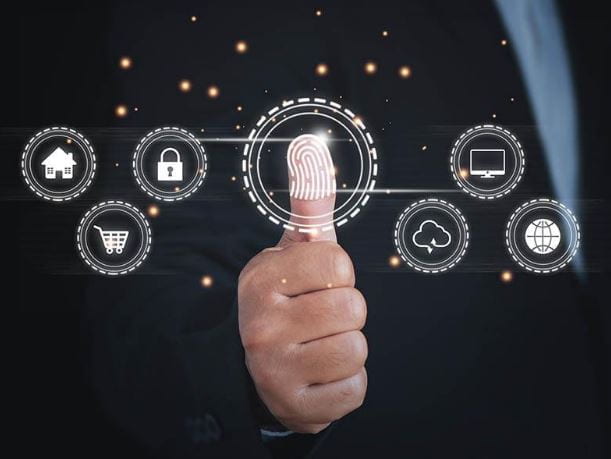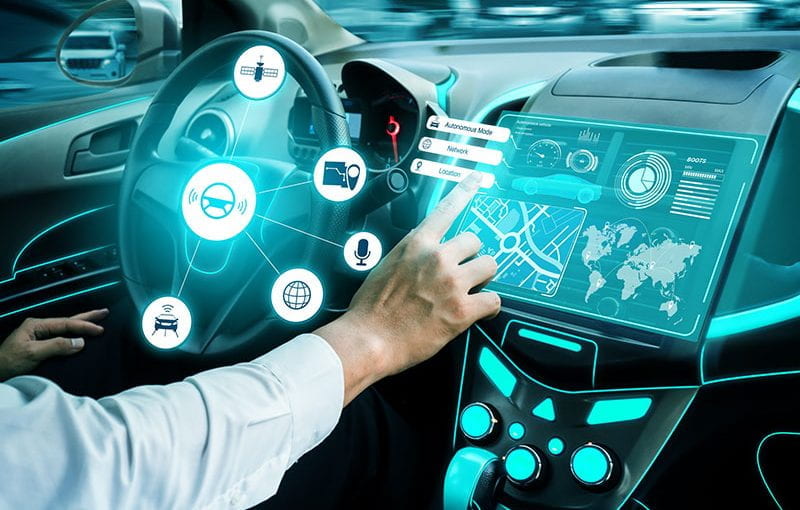Cyber threats and data breaches are a headache for every digital user. It causes companies significant losses in terms of time and money. Therefore, it is the need of the hour to have a mechanism that counters all such risks. Cyber security services provide the solution in this regard. They help businesses prevent the threat of data and network breaches, and they can focus more on the operational aspects.
All the leading companies and economies of the world are investing heavily in the database and network security. The market size of Cyber Security in UAE is around USD 156 billion as of 2020. It is projected to reach USD 352.25 billion by 2026. Despite the undeniable importance of security solutions, you cannot choose them blindly. You should consider many things during selection, and we will discuss them in this blog.
Features to consider:
If you want to get the best output, you should look for the following characteristics in a security solution:
Threat Intelligence:
The risk of a security breach is always present. Due to this reason, there is always a need to anticipate beforehand. A company needs to be aware of the latest techniques in this regard. One such technique is Threat Intelligence. It incorporates the data that gives the complete picture of the attacks, including the motive and capabilities of the attackers. It also identifies the loopholes in your system that could facilitate such threats.
A solution with smart threat intelligence can help you remain fully prepared for all the possible risks. It enables you to make the necessary changes to your security infrastructure that can prevent attacks. Moreover, it selects the most appropriate response to the attacks.
Insightful Analytics:
Good analytics can benefit every company regardless of its scale and scope. An ideal solution provides you a complete history of all the possible risks and their root causes. With all this information, you can identify the likely situation that could trigger a threat and avoid them. The analytics are also helpful in countering an attack quickly. According to several reports, the companies that rely on analytics experience fewer data breaches.
Internal Threat Defense:
Most companies focus on countering the external threats and ignore the internal ones. There is always a risk of an attack triggered by an act of an insider. It could be by mistake or even deliberate. Therefore, it is integral for a company to deploy cyber security services that cater to internal risk factors. A good solution should also educate the employees about preventing the possible threats.
Backup and Disaster Recovery:
After a malicious attack, a company loses valuable data, and its employees lose access to the system. In such a situation, you need a mechanism that allows you to recover quickly. The data loss can be reversed through a backup. However, to get the access back, you need recovery tools. Efficient service can help you in this regard. It should offer consistent data backups and also provide the best tools to counter disasters.
24/7 Monitoring:
There are no rest days in the hacker’s world. You have to be aware of this fact and deploy a mechanism that monitors the cyber threats round the clock. With a security platform that keeps an eye on the evolving risk factors all the time, you can control the damage.
An ideal solution should identify the risk instantly and notify the concerned departments in real-time. Faster detection and instant action can also facilitate easier recovery.
In this day and age, Cyber Security Services is required for all companies. They can help secure the network and database, enabling a better focus on the key business operations. However, the selection of these services can make or break the outcomes. It is essential to consider all the necessary features mentioned above while choosing to get the desirable results.

